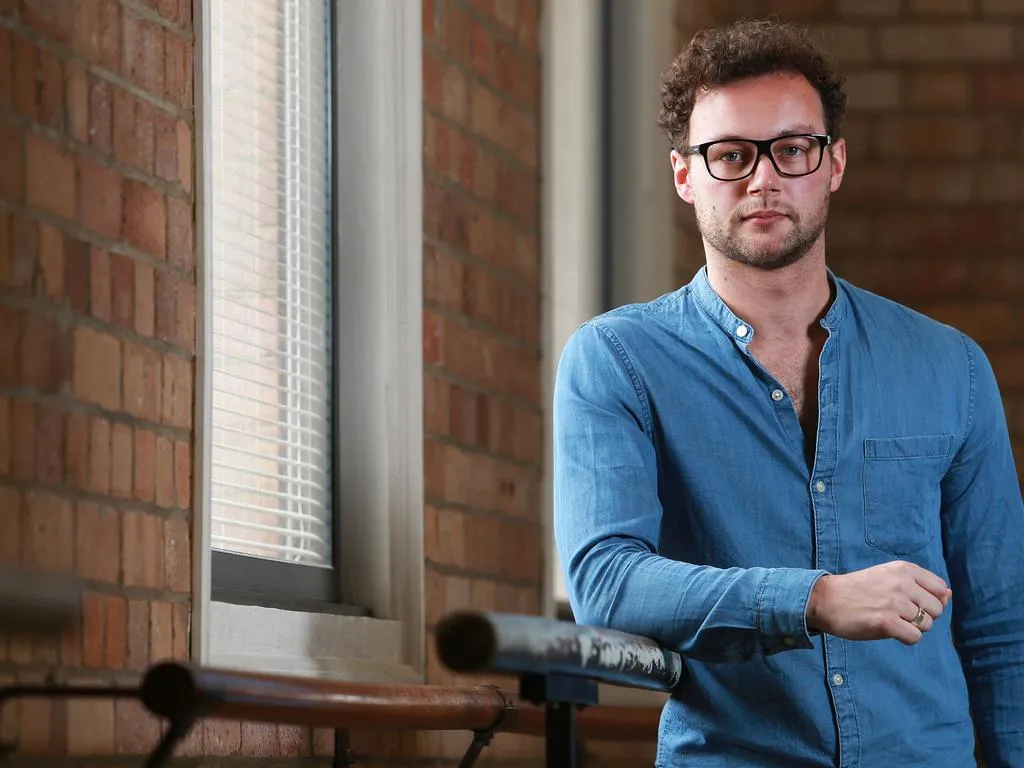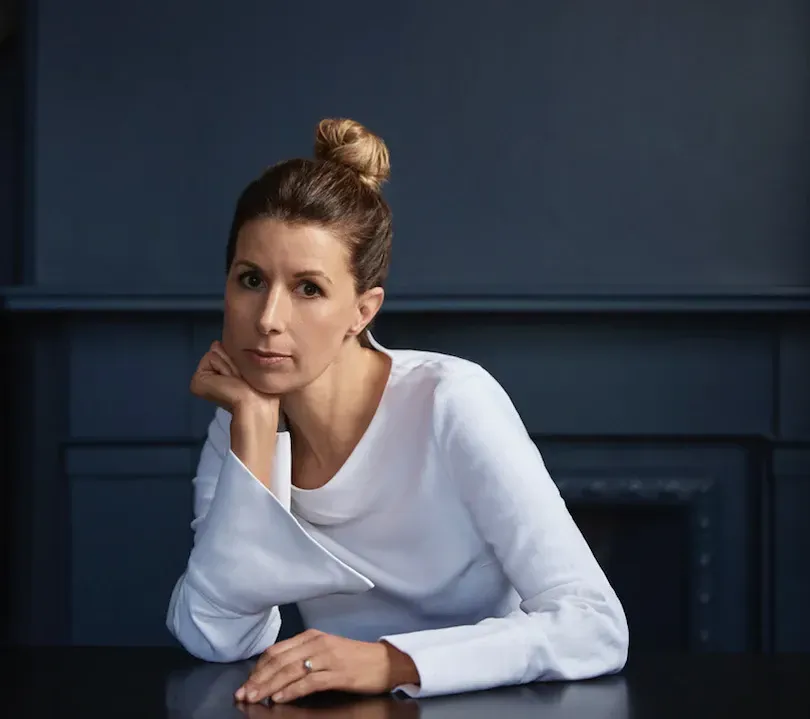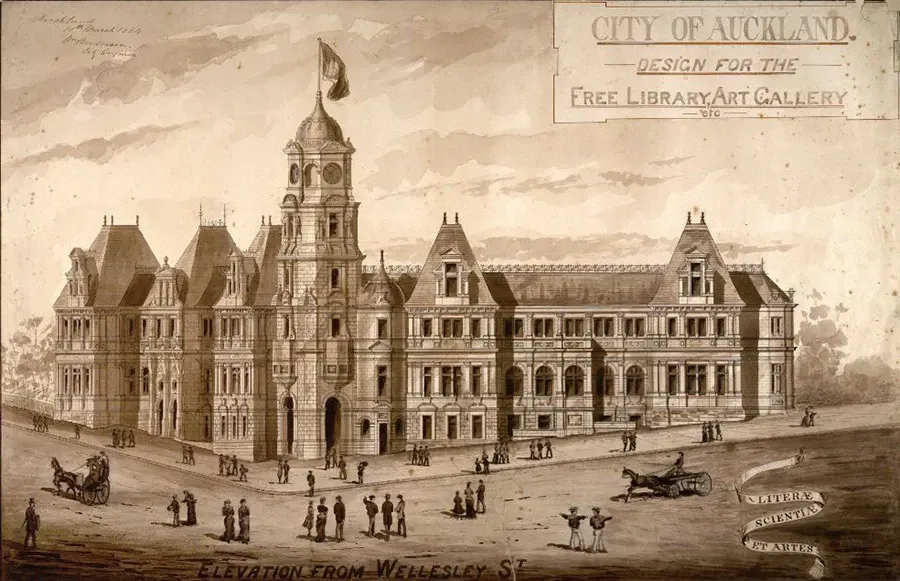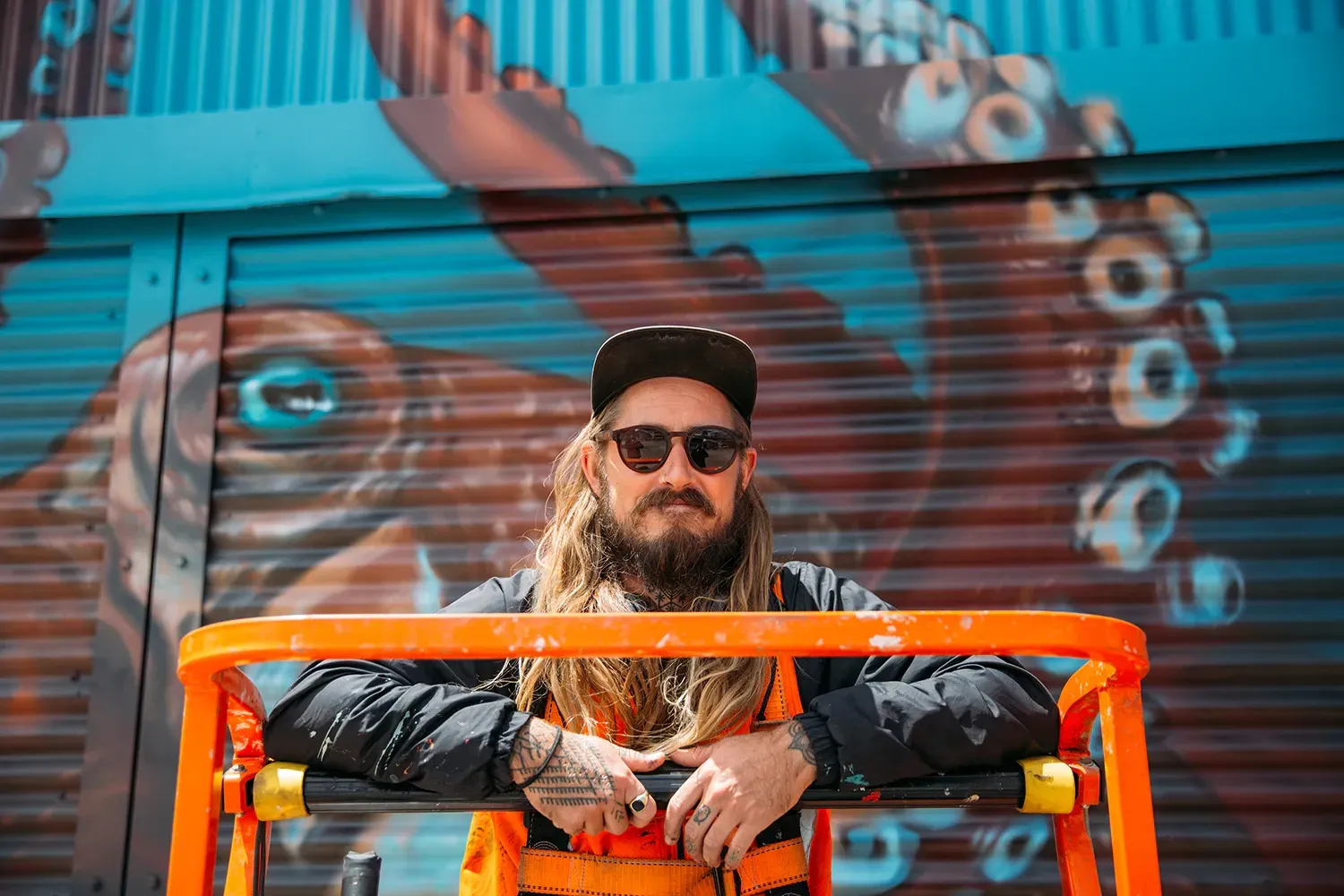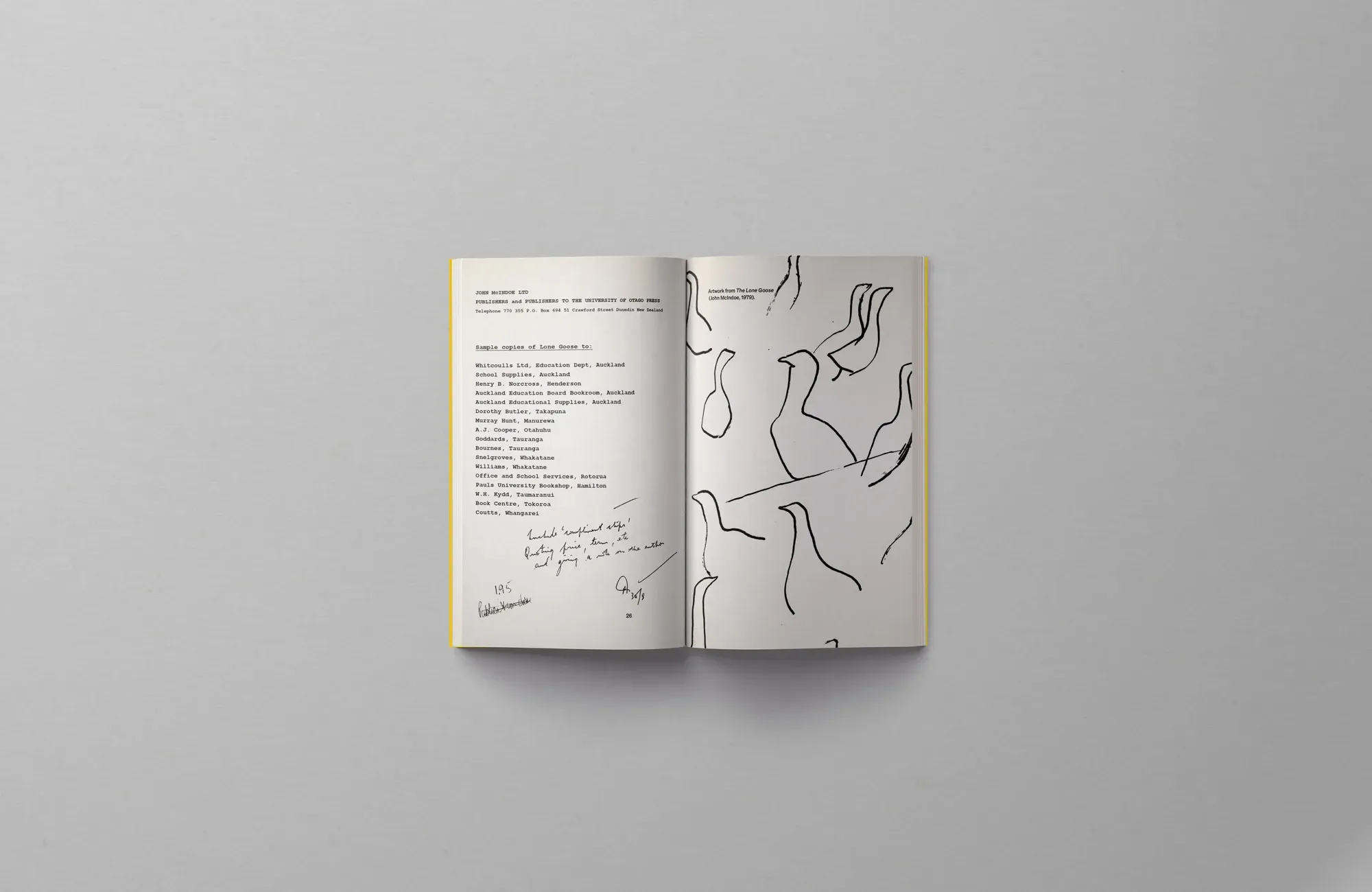New Works, Old Controversies
Written by

New stage moves for old forms
Since 1953, professional ballet in New Zealand has been largely the domain of one much-loved company, the Royal New Zealand Ballet. March, however, will see some smaller but significant movement in the ballet world: the premiere of a small project-based ballet company dedicated to New Zealand work, and the establishment of a national youth ballet company.
Ballet Aotearoa Collective premieres Subtle Dances at Auckland and Dunedin arts festivals in March and April. What is distinctive and laudable about this company - in an arts discipline dominated by European classical works - is that it is committed to work that is an expression of New Zealand, as Artistic Director Turid Revfeim told Lynn Freeman on RNZ’s Standing Room Only. There have been other ballet companies historically - Revfeim reminds me of Auckland Ballet Theatre, Southern Ballet, Company Z, New Zealand Dance Company and Auckland Dance Company, but the last of those I believe stopped professionally producing in 2001.
The Subtle Dances season features works by three notable New Zealand choreographers - Cameron McMillan, Loughlan Prior and Sarah Knox - developed by the company in 2020 and collaborating with the New Zealand Trio, who will play music composed by New Zealanders John Psathas, Claire Cowan and Rhian Sheehan.
That’s a significant statement of local intent; it comes at a time when both audiences are more keenly locally focused and New Zealand ballet dancers who would in pre-COVID times be working internationally are keen to perform.
Revfeim tells Freeman she also sees this as a key opportunity for New Zealand School of Dance graduates. She calls it the stepping stone that she didn’t have in her own career (which was a long one with both RNZB and New Zealand School of Dance).
Meanwhile former RNZB prima ballerina, Abigail Boyle is not only performing in Subtle Dances, but she's also about to be part of the set up of a New Zealand Youth Ballet Company with artistic director Olivia Russell in Christchurch (their vision can be read here). Since retiring from the RNZB, Boyle has been teaching around the country, and (again talking to Lynn Freeman) says the new company will still be an educational platform, but one where they get out on the road and perform.
Stuff announced earlier this month that arts supporter Bill Sheat gave his name to a new dance scholarship and trust before he passed away in January. Former RNZB dancer Sandra Norman is leading the Bill Sheat Dance Award, which she says will run for 10 years and plans to award $2000 to a dancer annually on 1 May, Sheat’s birthday.
Connection to controversy
The Royal New Zealand Ballet is itself busy out on the road. From 24 February, they’re touring The Soldier’s Tale with the New Zealand Symphony Orchestra and also have their Tutus on Tour programme around the regions. It includes a new New Zealand work originally meant for their cancelled Venus Rising 2020 season by Sarah Foster-Sproull. The Dominion Post’s Sarah Catherall wrote a behind the scenes look at the company this past weekend.
Less easy for the RNZB is their link with an acclaimed British choreographer who has found himself as part of the wrong sort of headlines, leaving questions to be answered.
Liam Scarlett, who choreographed A Midsummer Night’s Dream which they produce this October (originally created for them in 2015), was told by England’s Royal Ballet last January they would no longer work with him after allegations of sexual misconduct were made. This was reported extensively in British papers and the New York Times. The Times reported that Scarlett had been accused of inappropriate behaviour including encouraging male ballet students to send him nude photos. Citing anonymous sources, the newspaper also said: “he had been accused of giving better roles to dancers who accepted his advances.” In March 2020, The Guardian reported that while the Royal Ballet had cancelled a residency and performances of an upcoming new work by Scarlett, a seven-month independent investigation into his behaviour “found there were no matters to pursue in relation to alleged contact with students of the Royal Ballet School”.
Nonetheless, the same article reported Queensland Ballet chose to cancel an upcoming Artistic Associate position and April performances of Scarlett’s work Dangerous Liaisons. Scarlett did not comment publicly on the allegations. Then COVID happened - and the story along with ballet companies 2020 seasons disappeared.
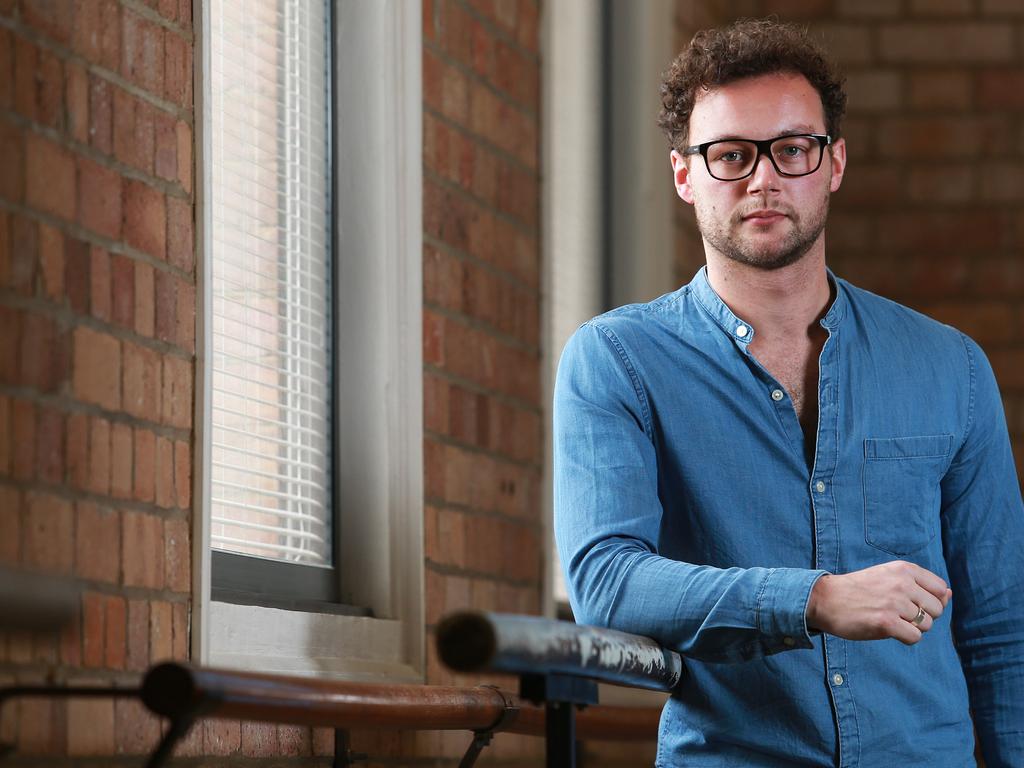
Liam Scarlett.
We reached out to the Royal New Zealand Ballet for comment and Executive Director Lester McGrath and Artistic Director Patricia Barker responded. “We were made aware of the allegations in the UK a year ago,” they write, “then the subsequent investigation by The Royal Ballet, which concluded in March 2020. We will always be saddened by anything that affects the reputation of the sector, its people, and the artform that we love.
“Working with Liam Scarlett on creating A Midsummer Night’s Dream was a wholly positive experience for the staff and artists of the Royal New Zealand Ballet. The production is delightful and was greatly enjoyed not only by live audiences in 2015 and 2016, but also the large digital audiences who tuned into our ‘RNZB Live In Your Living Room’ online season during the New Zealand lockdown. Many asked when they could see it on stage again. We are delighted to be able to bring it once again to Kiwi ballet fans.
“The Royal New Zealand Ballet is proud of its positive organisational culture which includes a zero-tolerance approach to inappropriate behaviour.
“We eagerly await staging Liam’s modern masterpiece again, later in the year, and look forward to working with him again."
Beyond the balcony
Ballet is not the only traditional artform getting a local COVID-era production shakeup with the borders closed. Homegrown unconventional invention is strong right now.
While NZ Opera prepares for the mid-March’s world premiere in Manukau of Ihitai 'Avei'a - Star Navigator, a work by Tim Finn with monologues by Célestine Hitiura Vaite telling the story of Tupaia, Wellington Opera launches this month with pop-up street performances in March, a working rehearsal of first production Don Giovanni on the building site for the Wellington Convention Centre, all as part of the What if the City was a Theatre? programme - RNZ story here.
In Christchurch, another new company Toi Toi Opera launches with Puccini’s one-act opera Suor Angelica 19-21 February, with experienced director Sara Brodie and designer Mark McEntyre. Brodie - who is also directing Don Giovanni - spoke to RNZ’s Clarissa Dunn with artistic director Margot Button about Toi Toi back in December.
In mid April a film of NZ Opera’s three-hour production of Handel’s Semele at Auckland’s Holy Trinity Cathedral - captured by Greenstone TV - hits cinemas. It’s a bit of an opportunity for New Zealand opera worldwide; when other major companies haven’t been able to stage live opera and then disseminate it via movie houses.
Loyal to New Zealand
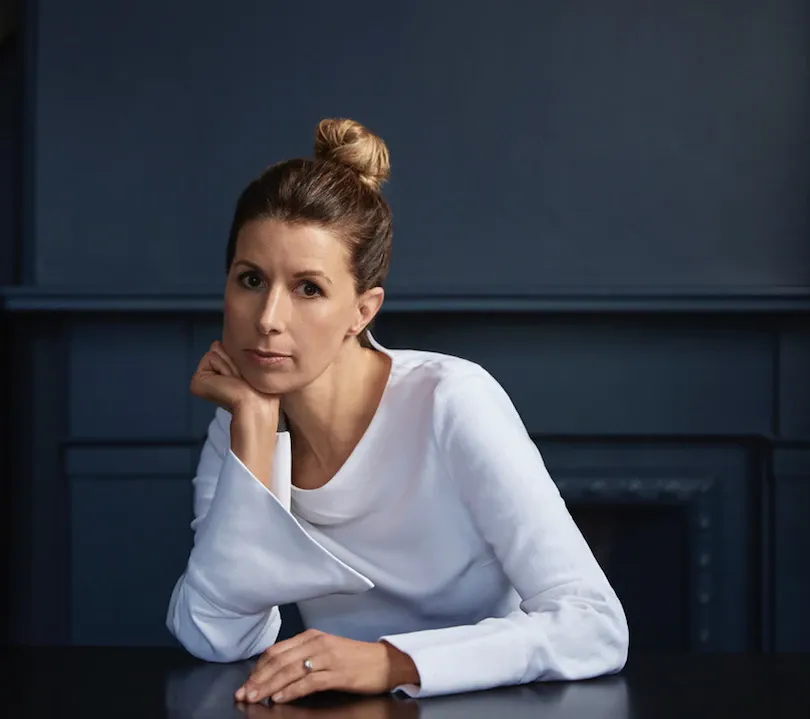
Meg Mason.
The trans-Tasman cultural citizenship struggle has another chapter to add alongside Crowded House and Pavlova (among many other unscrupulous attempts from our dear neighbours).
In what could turn into New Zealand’s biggest international literary and film news this year, the film rights to Meg Mason’s 2020 novel Sorrow and Bliss have been bought by a leading American film production company, as the Sydney Morning Herald reports of the “Australian writer”. Mason lived in New Zealand until she was 16.
The novel has already been long-listed for this year’s Ockham New Zealand Books Awards (the media reactions covered in last week’s Lowdown). Published in Australasia in September, it’s released this week in the US and Canada, and in UK in June 21 other countries. In a review on The Spinoff, Jean Sergent called it game-changing, while The Guardian’s Fiona Wright declared it “an incredibly funny and devastating debut”
This week The Spinoff clarified her nationality.
“For the record, yes. I’m a New Zealander,” says Mason. “I do know all the words to Loyal – I mean, the chorus word-perfect and the verses a tiny bit mumbly because I’m 43 and can only remember verses learned pre-30. But I can do you all of Slice of Heaven, the national anthem in both languages, sundry Crowded House, the What Now theme, Rachel Hunter’s Trumpet commercial, and say ‘The Milky Bar Kid!’ with the correct inflection.”
In the interest of fairness, we do note that Loyal was written in Sydney when Sir Dave Dobbyn was based there in the 1980s...but we digress...
Up on the roof
Auckland Council has confirmed that 10 to 12 million dollars worth of specialist repairs are needed to heritage aspects of the Auckland Art Gallery building (its 1887 French Château style wings), at a time when Council is financially struggling. Jonathan Wilcken from the Council's economic and cultural agency - recently renamed Auckland Unlimited - told RNZ’s First Up programme on Tuesday these were the kind of standard things that need to be done over time in terms of deterioration, but that it includes the replacement of the slate roof. The Council budget is yet to be finalised but it’s part of the mayor’s proposal for the next financial year and is likely to see some top gallery spaces closed from later this year.
What totally surprised this writer was why these repairs weren’t made at the time of the redevelopment of the entire gallery complex which opened in 2011.

John H Grainger and Charles A D’Ebro’s design for Auckland’s Free Public Library and Art Gallery 1884.
It’s also worth pausing to consider the building’s significance in the city. Melbourne’s John H Grainger and Charles A D’Ebro designed it (see illustration above) as one of the city’s first civic buildings, initially as a Free Public Library and Municipal Offices, with part of the building a gallery. The history of the building is detailed here by the gallery.
Panther festival
We’re heading into peak emerging arts performance time in Auckland and Wellington: Auckland Fringe opens next week (here’s the Urban: List picks), while the What If the City Were a Theatre? and Performance Arcade programmes get busy on the streets ahead of the New Zealand Fringe opening in Wellington.
Annual highlight Auckland Arts Festival is also getting ready for its first run with Shona McCullagh at the helm from 4 March, and a key festival legacy project is looking for public support through Boosted. The ‘Whakaako Kia Whakaora / Educate to Liberate’ mural will visually connect the Polynesian Panther Party and the Black Panther Party (USA) on the corner of Karangahape Rd and Gundry Street, a project borne of engagement with Emory Douglas of the Black Panthers by artists Chris McBride, Tigilau Ness and others. The mural is part of a range of events in the festival celebrating the Polynesian Panthers’ 50th anniversary, and already released is a very smart associated website - panthers.liberationlibrary.nz - an important educational resource.

The design for the Whakaako Kia Whakaora / Educate to Liberate mural for Karangahape Road.
And speaking of murals, at 150 metres long and eight metres high, a mural at the New Zealand Maritime Museum in Auckland Viaduct is being billed the country’s largest. It’s by Napier artist Cinzah Merkens, and we’re sure it won’t be long before someone creates one even larger (way back in 2020 the Waikato Times announced this one in Hamilton as the largest).
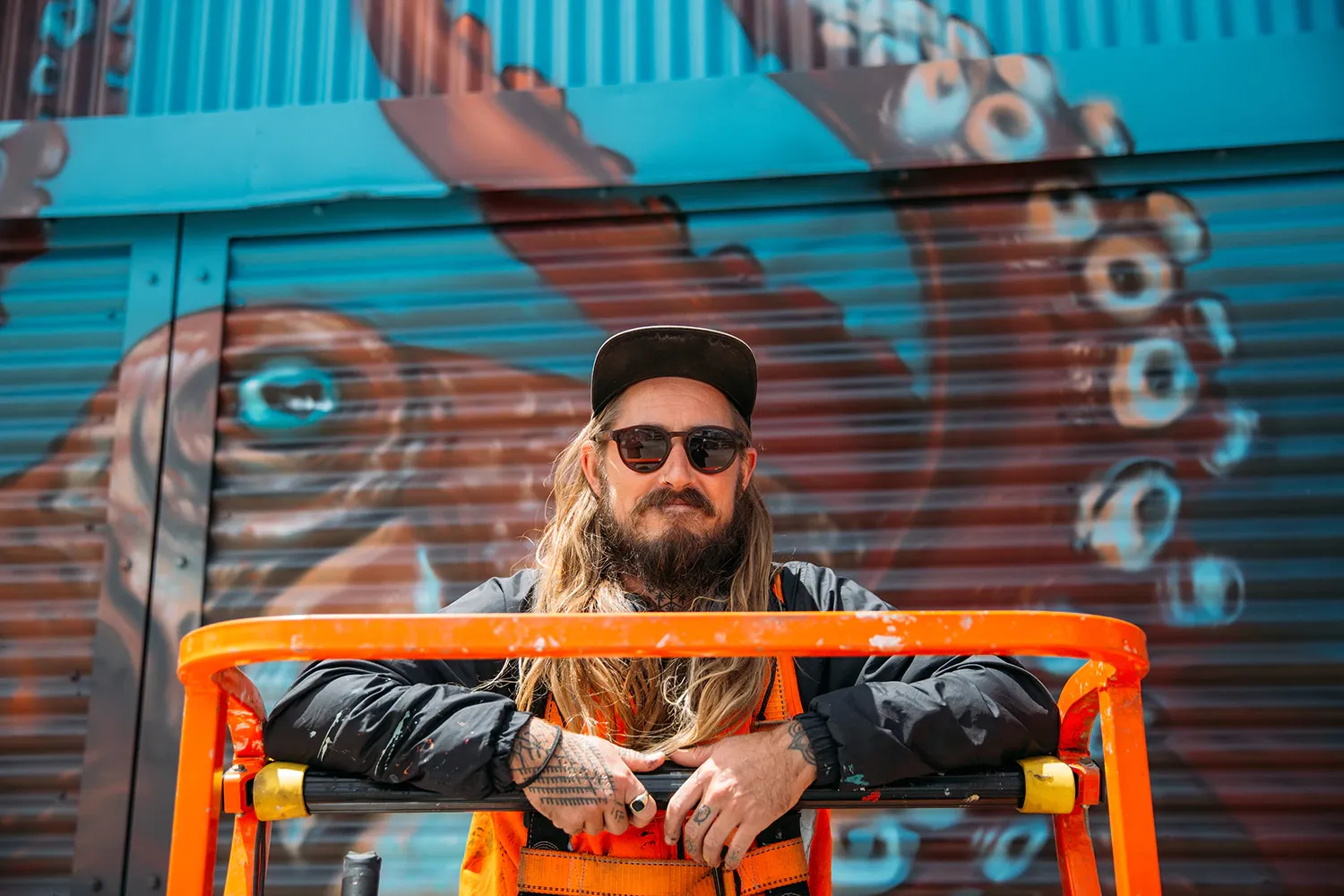
Napier mural artist Cinzah Merkens.
Meanwhile the programme is also now out for the new Dunedin Arts Festival with new artistic director Charlie Unwin (formerly called the Otago Arts Festival and produced in spring). The festival was a COVID casualty last year, as Unwin tells the Otago Daily Times.
Local film fiesta
It’s a good late summer for New Zealand film releases. The big one in March is the adaptation of Patricia Grace’s Cousins from Briar Grace-Smith and Ainsley Gardiner (trailer here on Newshub). Frankly, 90 minutes watching Grace-Smith, Rachel House and Tanea Heke discuss roading would be worth the ticket price.
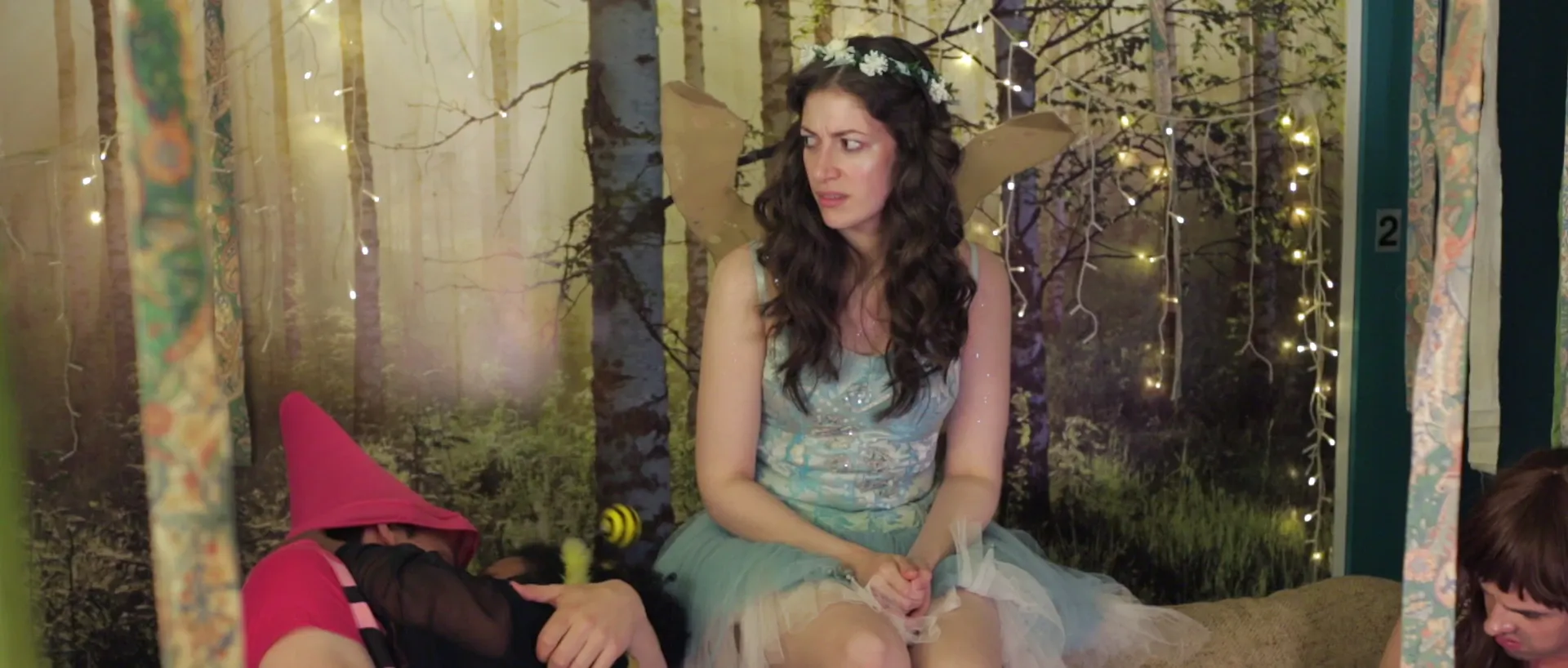
Victoria Seymour in the film Encounters.
Also upcoming is interesting looking indie Encounters, an anthology weaving of eight short films (trailer), and dragonboat documentary feature The Pinkies Are Back. These follow the release already of the Dawn Raids documentary, Roseanne Laing’s Shadow in the Cloud (great Stuff interview here), wee gothic horror The Turn of the Screw, and Rūrangi which Te Ao Māori news made a rather slim story of for a good cause: Ru Paul shared the film trailer on Twitter.
Finally on movies, the new year can’t go by without noting that Auckland-based film social media website Letterboxd got a story about its breakout success in the mainstream in the New York Times earlier in January,
Revisiting and resurgences
“We write our stories; then we inevitably move on. Our characters start to recede, like neighbours who've shifted to another town.” Except, not always. On The Sapling, David Hill writes beautifully about returning to a real life-based story of a family facing a crisis (his young adult novel Coming Back) after hearing about the death of the father in the story.
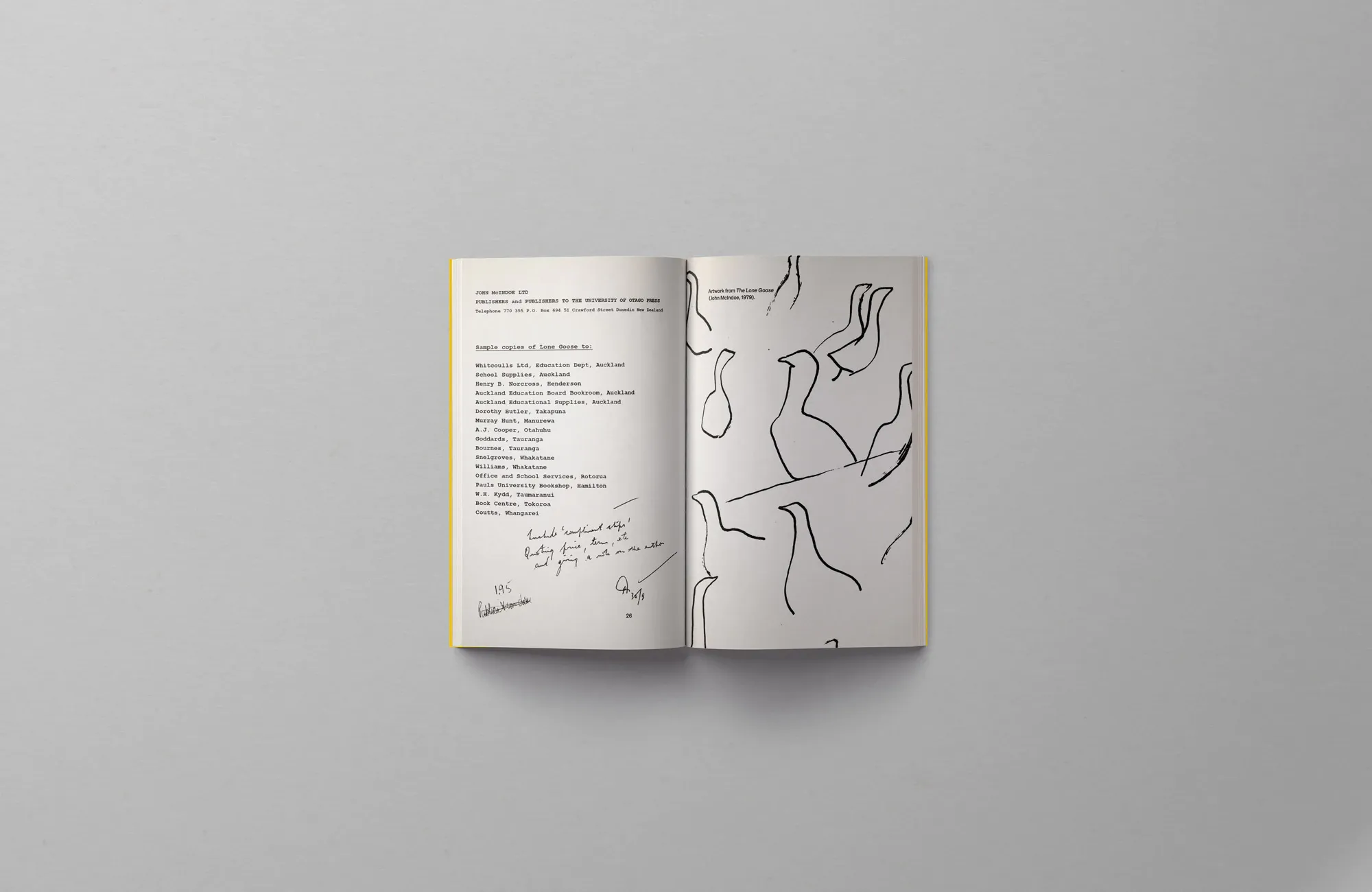
Joanna Margaret Paul’s The Lone Goose is considered by Louise Menzies in Dwelling in the Margins: Art Publishing in Aotearoa
Released 18 February, Dwelling in the Margins is an invaluable and creative look at art publishing in New Zealand and its many trailblazers in their own words. It’s published by Gloria and over its contributions, it speaks to the complexion of the strong rise in small art book publishing this century, in a time when issues of waste are prominent and the internet has become the media’s central tool. I spoke about this on an RNZ Nine to Noon art slot last week, alongside discussion of Bill Hammond and Zac Langdon-Pole.
An entertaining, thoughtful read: Steve Braunias’s interview on Newsroom with writer Danyl McLauchlan on the occasion of the publication of Tranquility and Ruin, “a slim, brisk philosophical examination of big questions.”
Just out as I go to close the laptop late on Wednesday evening: in ‘Movements of Outsiders’, dynamic New Zealand performance artist Alexa Wilson talks with three of her contemporaries about “the impact of COVID-19 on live performance, freedom of movement, and how they are adapting to a new normal.”
